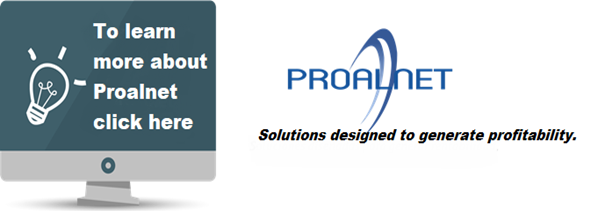The PDCA Cycle is also known as "Deming's Circle", as it was Dr. Williams Edwards Deming who was one of the first to use this logical scheme in quality improvement and gave it a strong boost.
Based on a concept devised by Walter A. Shewhart, the PDCA Cycle is a four-step continuous quality improvement strategy, also called a continuous improvement spiral and is widely used by the various systems used in organizations to manage aspects such as quality (ISO 9000), environment (ISO 14000), occupational health and safety (OHSAS 18000), or food safety (ISO 22000).
The acronym PDCA is the acronym for Plan, Do, Check, Act, and Act.
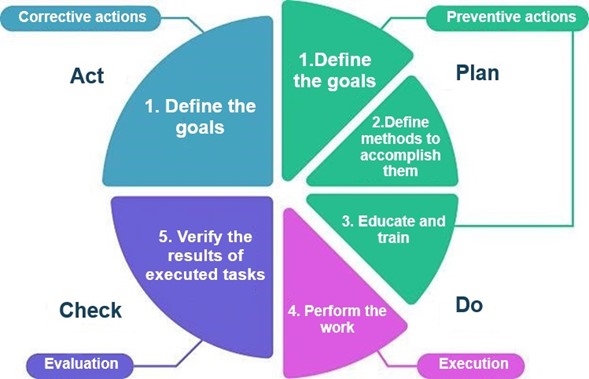
The interpretation of this cycle is very simple: when you seek to obtain something, the first thing to do is to plan how to achieve it, then proceed to carry out the planned actions (do), then check how it has been done (verify) and finally implement the relevant changes so as not to make the same mistakes again (act). The cycle begins again by planning its execution but introducing the improvements from the previous experience.
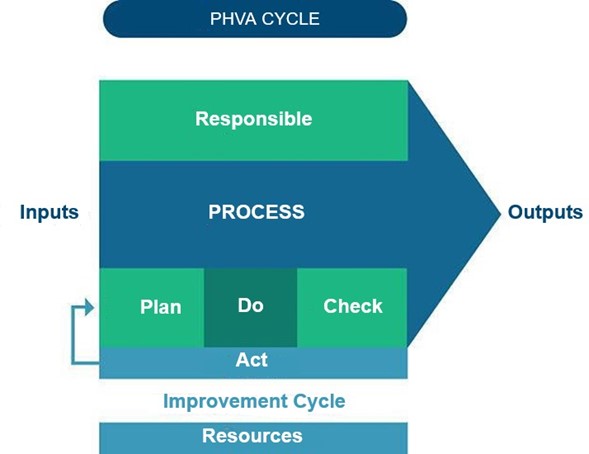
How can it be achieved?
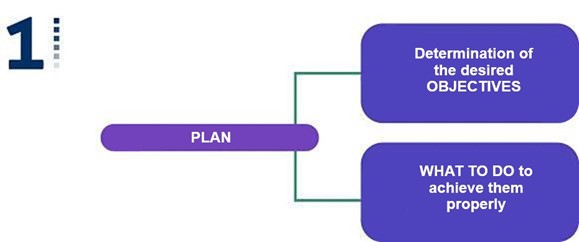
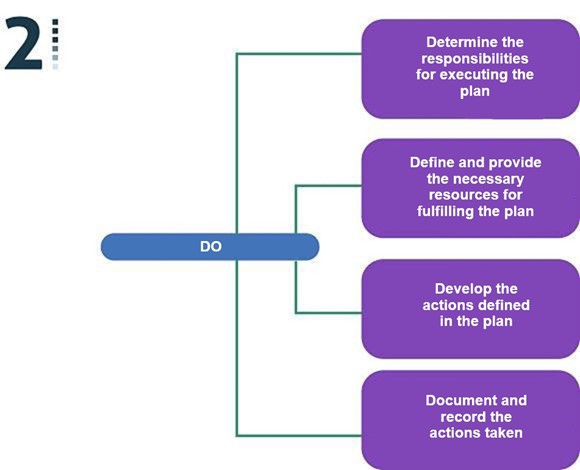
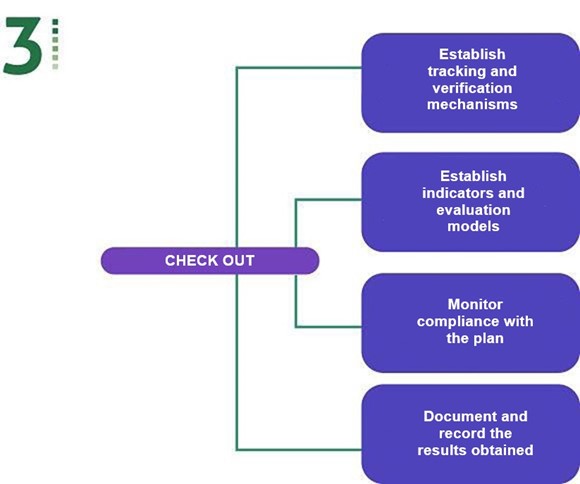
With the Gespline platform, it captures real-time information from machines in production plants, provides reliable, timely, structured and statistical information on units produced, time losses due to stoppages, downtime, speed losses and losses due to non-conforming product quality, as well as the causes that cause them and how to relate them to production losses. All automatically in order to be able to follow up and make decisions in a timely manner and in real time."
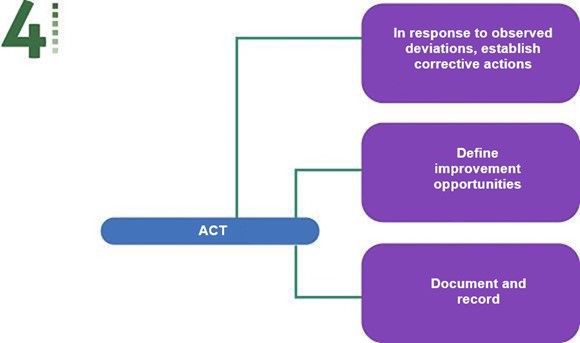
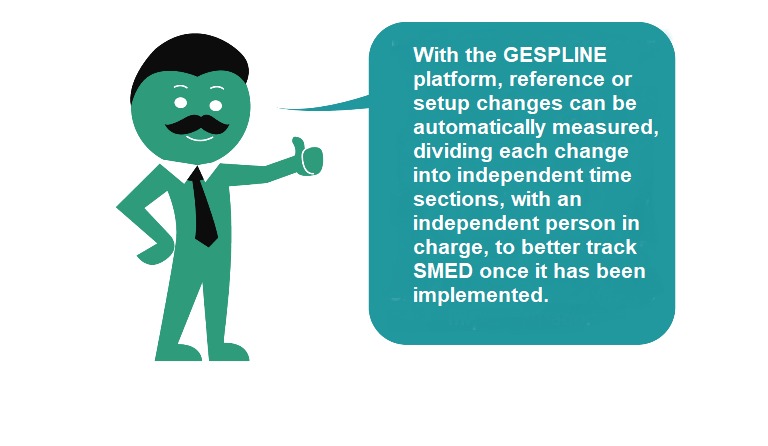
If you want to receive articles like this by email, sign up! Click Here.
We invite you to watch the video on how our GESPLINE platform works: Click Here!


